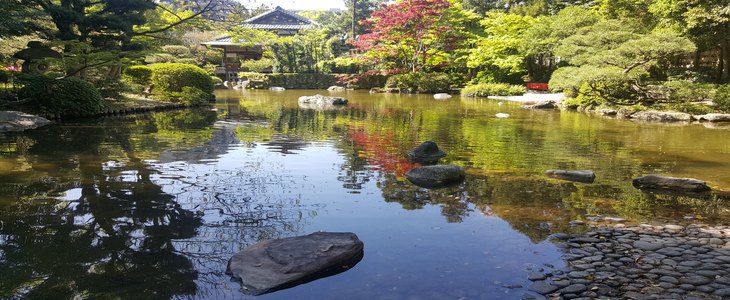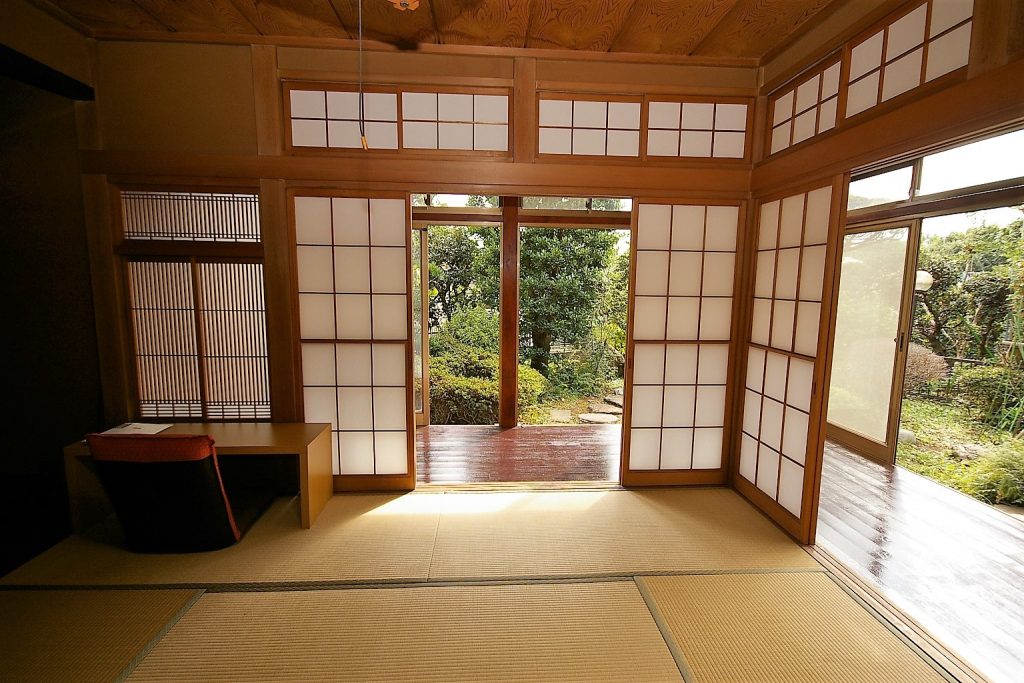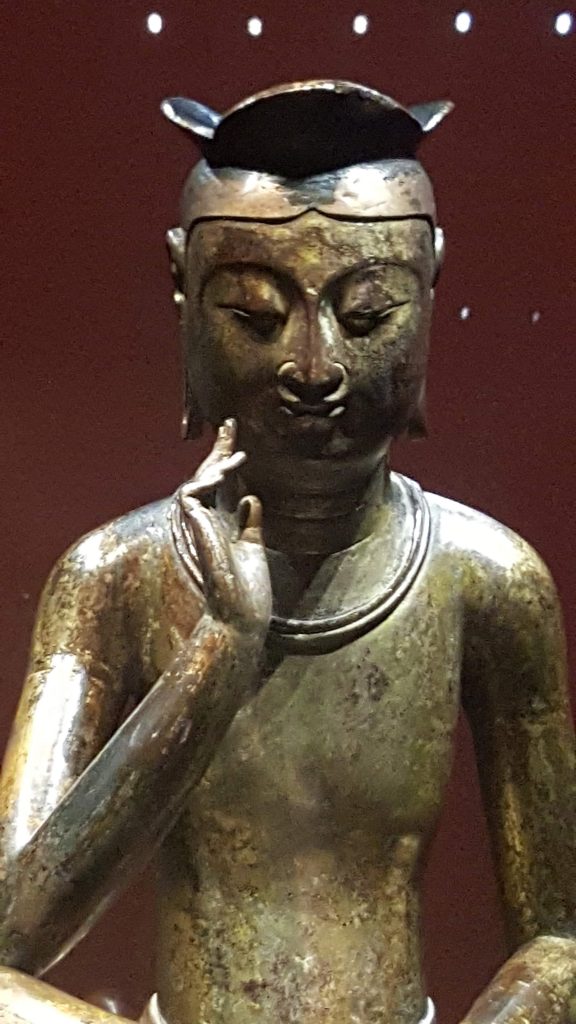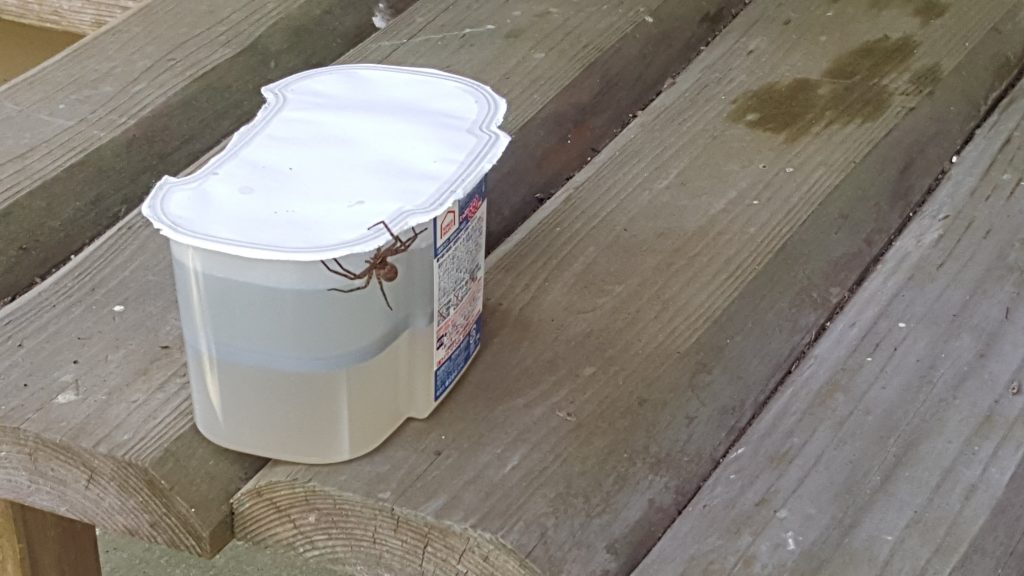
Mu-cha-no-cha: Japanese Tea Ceremony without Matcha
Is Japanese Tea Ceremony only about sipping Japanese green tea? Or what else besides the matcha should we appreciate in this intricate and delicate process? Let’s follow our blogger, Nessim Cohen and read what Tea Ceremony is all about!
The Japanese tea ceremony I have now been practicing for more than three years is often associated with the art of preparing tea. Matcha, after all, is the central part of the process. It is the sacred beverage, the star consumable of the process, the reason why we gather in the first place. In Japan, you will find countless temples who offer you a cup of matcha and a sweet for a handful of yen, thus giving you the feeling of having the traditional drink in a traditional space. Tea ceremony and its Zen heritage, it seems, is always linked to matcha.
It is no wonder, in a way, since matcha came to Japan with Zen. There is even a saying that Tea and Zen are one and the same thing. And indeed, matcha has been the favorite drink of Zen monks for centuries and it is still, today, the beverage they serve to tourists in temples. It is hard to believe that the art of what is literally called the Way of Tea (Cha-do) can be practiced without Tea. Yet it can and, to a certain extent, it must, just like for certain Zen masters, daily duties are as much Zen as meditation.
Today, I would like to dig more into the practice of tea that is, paradoxically, not tea-related.
The art of cleaning
On a practical note, I should explain here that tea ceremony is not just a moment with the guests, it is first and foremost a very important time of preparation before the guest arrives. A very experienced student of Tea that I know once joked: « What is tea? 95% of cleaning. » And, saying this, he continued to tirelessly swipe his garden and curate his tea room. It reminds me of myself when I opened an abandoned tea room on Awaji island. The place was swarming with spiders the size of a hand, infested by variously shaped and sized insects and lizards (the former, very often, much bigger than the latter) and crippled with mold. The garden had not been swept in months, a literal ton of dead leaves was covering soil and path, rocks and lanterns. It took me about three weeks and the help of a dozen of friends to clean this garden and tea room. To clean them once. Because as soon as we had closed the doors and entrance gate, more leaves would fall, more sprouts would grow oddly and on our purified walls and tatamis, the fresh and mildly damp air would attract the spiders again.
Japanese traditional architecture is not tight, it is rather opened to the outside world, and when you have holes in your paper screens and screeching sliding doors, you cannot really defend yourself. Each opening of the room was another war for me. Having strong arachnophobia, I like to think of this experience as a catharsis. By the end of the year, I did not even need to kill the spiders to chase them out. I had mastered my fear of them and even gave them nicknames (« Big Mama » is one spider I not-so-fondly remember as the final boss of my battle against fear).

The prepared mind
I do not intend to explain to my readership that the Way of Tea is also the mastery over your fear of big brown and furry eight-legged monsters. But there is something I find in trying to calm myself while chasing spiders to prepare for tea: cleaning is part of the tea ceremony in that it helps you clear your mind. After all, the hours I spent alone in the tea room, checking on every corner (spiders love corners) and then warming the water and contemplating the view that my guests would have — all these hours of foreseeing the good moment I would create for my guests was in itself a preparation of my own self to make the most enjoyable ceremony.« Prepare for rain » said a great tea master. And indeed, good preparation is all that it takes for the ceremony to go smoothly. Once, I forgot to check if there were any spiders in the alcove. That day, while my guest calmly relaxed, I could see a twelve-centimeter long creature creep behind him. Needless to say that the tea was a bit bitter, and with cold-sweat.

Preparation is everything in tea. If you start preparing at the last minute, how can you clear your mind and prepare things appropriately? How can you make sure all the spiders are out of the room and out of your mind? I like to think that the Way of Tea helps us slow down in an ever faster world. But preparing for tea extend this moment of slow-paced activity. If you need to carefully clean every speck of dust on a fragile old tatami, you need to take some time. If you need to choose a flower and arrange it properly, a good thirty minutes are required at least. Warming the water? The old kettle is heated progressively, it takes about 30 minutes too. Mild water or a dusty tea room is already enough to ruin a mood. As I could understand through practice, a single speck of dust can obsess the mind and make you lose focus on the true meaning of the event. Maybe it is then better to « be always prepared for tea », as Sen no Rikyu, the Saint patron of Tea ceremony, once said. And after all, why not? My Kettle at home is always out, always ready to boil.
Going back to the Zen temples, Shunryu Suzuki wrote that the state of Zen is not only reached and maintained through meditation but also through the daily little activities of our life such as cleaning, preparing food or taking a shower. To maintain ourselves and our space can be, already, a true act of Zen. In the same way, « Tea People » (Cha-Jin) are not only in the spirit of tea when preparing tea in front of their guests, ideally, but they are also in that spirit permanently, in the everyday care that they give. Cha-jins are far from being super-humans — no one is as far as I know. It is more of a struggle to maintain the right state of mind than a natural behavior to be able to stay slow and focused. But sometimes, as I enter a Japanese house or even a European house, and I notice that it is clean, with a dim light, few items on display and an already warm cup of water on the dinner table, I know that I am at a Tea-person’s place, even if that person does not even practice the Japanese tea ceremony.
It is more of a struggle to maintain the right state of mind than a natural behavior to be able to stay slow and focused.

Tea Ceremony … without tea
Okakura Tenshin in The Book of Tea talked of 無茶の茶 (Mucha no cha) tea without tea. The spirit embedded in the practice of Tea ceremony is not to be found directly in its drink but in the practice surrounding that drink. After all, it is also possible to make matcha every morning, carelessly, in a breakfast bowl behind a wall of orange juice bottles and cereal boxes while listening to a good piece of motivational music. Matcha is related to Zen only as much as we want it to be. The spiritual experience of the Japanese tea ceremony is not found directly in the drink that is served. If anything, many touristic places offering a Japanese tea ceremony serve very bitter matcha. Chances are that the tourists do not really appreciate the drink. You have been warned.
To this day, I have enjoyed countless beautiful tea ceremonies in which I either only served tea or I was simply a witness that ended the practice without even drinking once. Only by entering into the right mindset for these moments could I truly enjoy them, but the drinking of tea was, in the end, only a bonus.
There is an exercise from the Cynic school of philosophy I like to do: I look around me and ask myself: « what do I truly need? » This question could well be asked by a Zen master. And it turns out, eventually, that with the right mind, even tea is not necessary. The tea ceremony is a practice to help us reach the right mindset, not simply to prepare tea.
My personal advice
If my readers ever encounter a situation where they are served tea, I hope they will focus on the movements of their host, on his or her attention towards them and what he or she will try to convey to them. There is more to it than simply matcha.
Enjoy the tea, and more if you can. And if you have no tea in your life, maybe, none the less, you can already start on the Way of Tea, simply by clearing your room, clearing your mind and preparing a flower.
…… Beware of the spider though

Thank you for reading this week’s blog!
If you are having troubles finding a place in Tokyo, please feel free to contact us and have a look at our properties at tokyoroomfinder.com. We will connect you with your desired house at no cost!



